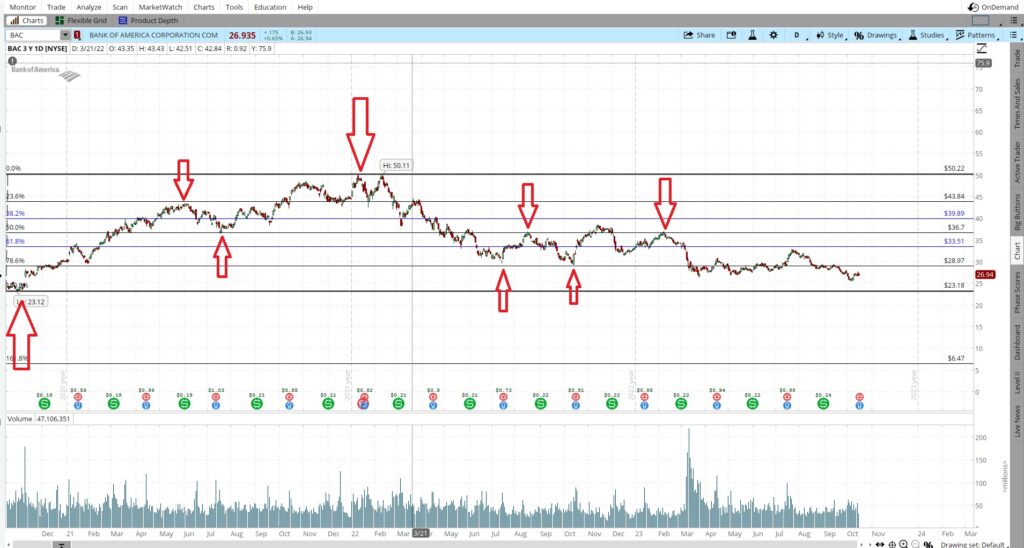Pick a Put for Passive Profit
How do I pick a put option contract that is likely to make money? There several things to consider when I pick a put for passive profit, including the company we’re selling the put option contract on, the trading price of the company, known upcoming market events, trend lines, and others.
The company itself is the most important factor. If I sell a put obligating myself to buy a crappy company, the share price will likely continue to decrease. That means I’m more likely to be assigned the shares. If I get the shares, I’ll have a tough time selling calls on the shares at the strike I was assigned. I want a company whose shares are more likely to go up than down. Here are some posts that should help in picking a good company, including following 13F filings and evaluating the CEO.
I only sell put option contracts on a company that I want to own at the strike price I sell. That means I need to have done my research to know the per share price I’m comfortable owning the company. I will only sell puts on the company at a price that is at or below my buy price.
When I look for a company for selling puts, I start with the recent trading price history for the company. I want a company that is on the down swing or is starting to stabilize after experiencing a downswing. Here’s an example of a chart with a trend showing a high of $50.11 to a recent low near $25. We can see how a floor around $25 is starting to appear.

I also like to put Fibonacci lines on the chart. That helps me identify patterns in the support and resistance lines for the trading price. When I create a Fibonacci chart I try to get the bottom line to align with the lowest trading price and the top line to align with the highest trading price. Then I look to see where the Fibonacci lines are landing with the price moves. I look for support and resistance lines that frequently hit the Fibonacci lines. The more times the trading price hits a support or resistance line, the more reliable that line becomes. I like to use a three year chart with daily candles for this to start. Then I look at the one year chart with daily candles. This chart shows an example:

Earnings calls will generally mean there is higher premium for option contracts vs a period without an earnings call. I’ll sell puts through the earnings call for a company to generate higher premium only if I really want to own shares of the company. If I just want to earn premium from the put option contract without actually getting put the shares, I’ll wait until after the earnings call to sell puts on the company. When a company is trading around my buy price I’ll sell puts just below the trading price to generate the highest possible premium. If I get assigned, I might sell calls on the shares or I might keep the shares.
So I have a company I like, trading at my buy price, on a long term downward trend that has now stabilized, the big time investment managers are now buying it and the company insiders are buying it. How do I pick a put for passive profit?
I like to sell put option premium for shorter term contracts. On companies with weekly option contracts I will generally sell put options with an expiration date under two weeks away. On a company that only has monthly option contracts I will usually sell a put with the nearest expiration date. I also like to sell puts on the other side of a support line. In the chart above we can see a support line at $25.68, which BAC hit several times from 10/3 through 10/9. We can see the intra-day low for BAC was $25.47, and the lowest close or open price was $25.76. When I pick a put for passive profit I prefer to have my strike be under a support line. In this case, that could be the $25.50 strike or the $25 strike.

The share price can still drop through the support line, but if it’s a strong enough support line there’s a chance the trade price will bounce off it and go higher. There is also a chance the support line will slow down a drop in the share price, and it could slow it down enough that the put will expire out of the money before the expiration date.
